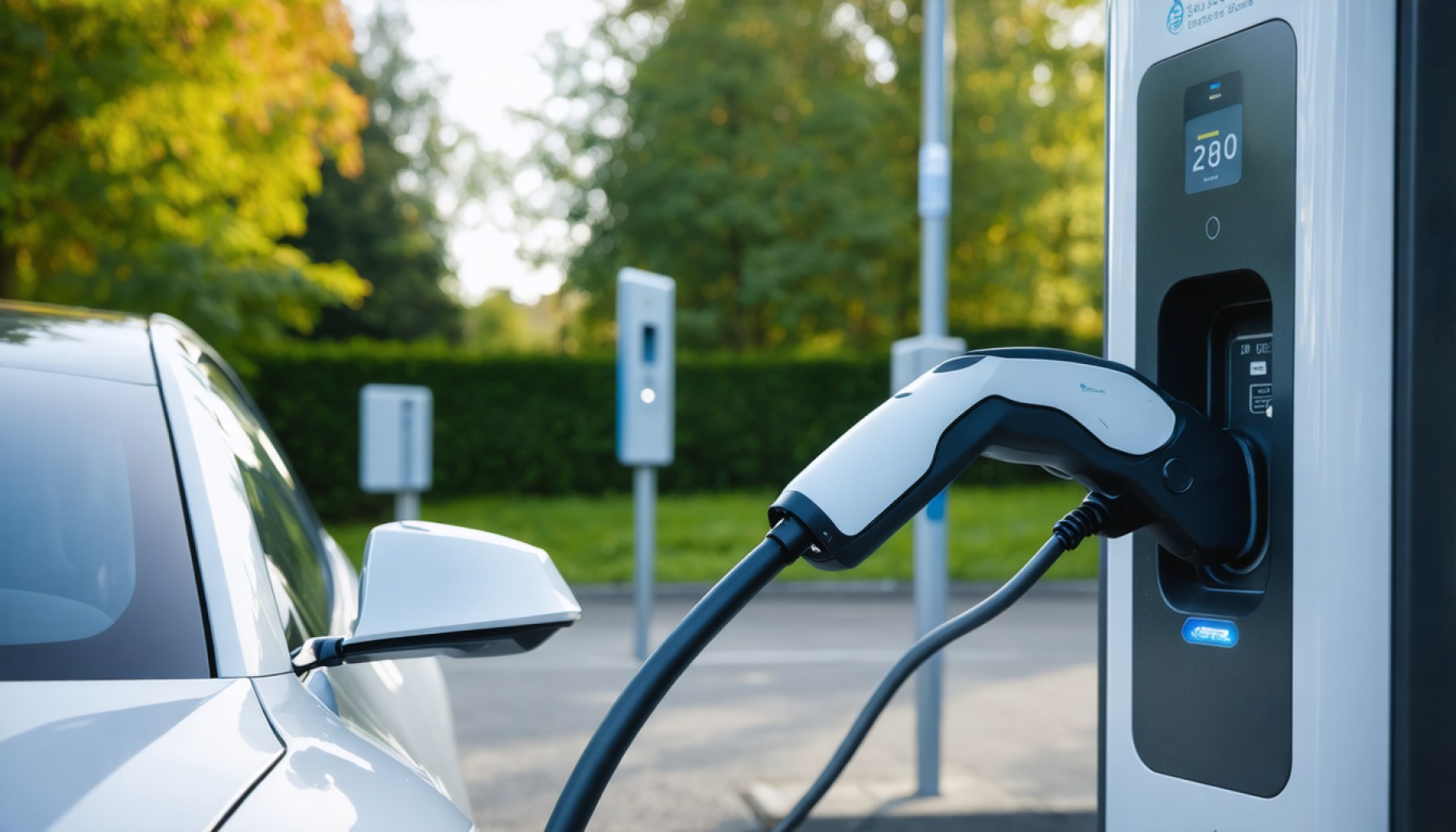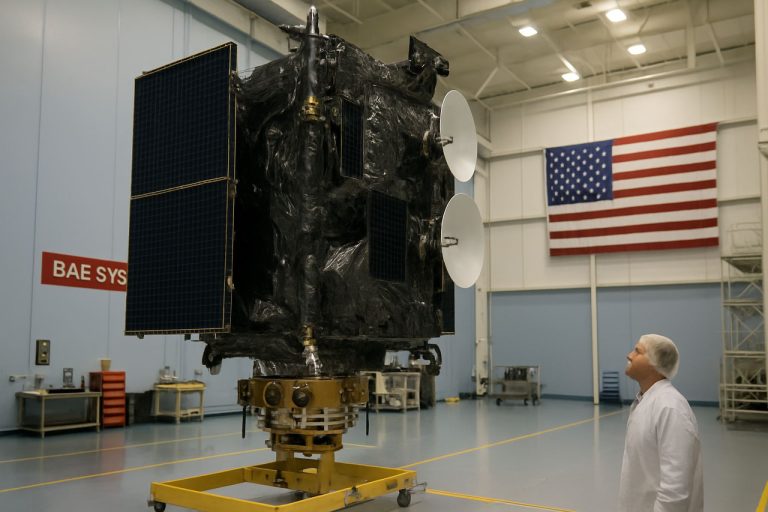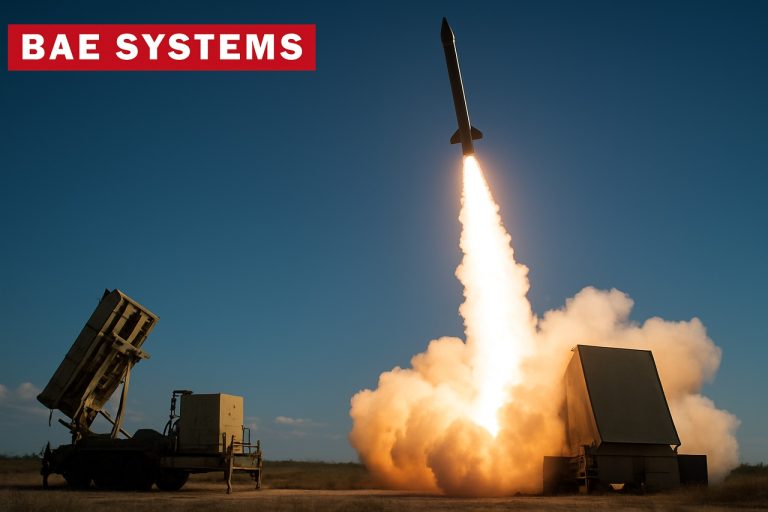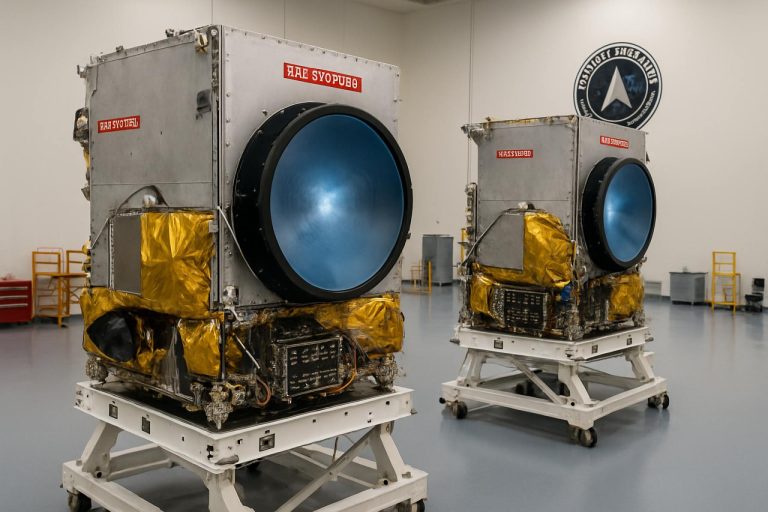
- The U.S. General Services Administration’s initiative to electrify its fleet has abruptly halted, with a directive to shut down nearly 8,000 EV chargers by 2025.
- An internal memo has ordered the disconnection of federal EV chargers, undermining previous commitments to a sustainable, zero-emission vehicle fleet.
- Certain online resources and pages devoted to tracking and supporting the government’s electrification efforts have disappeared, adding to the uncertainty.
- The Trump administration’s recent actions, including scrapping EV charging projects and tax incentives, conflict with earlier support for electric vehicles.
- This policy reversal highlights the challenges of balancing past energy loyalties with the push towards sustainable technology and emission goals.
Eighteen short months ago, the optimism surrounding the electrification of government vehicles was palpable. The U.S. General Services Administration (GSA), a linchpin in the federal government’s logistical machine, joyfully announced its drive to electrify its fleet. Fast forward to 2025, an abrupt volte-face unfolds. An internal memo has set off alarm bells, heralding the shutdown of every electric vehicle (EV) charger under federal jurisdiction.
Visualize this: nearly 8,000 EV chargers scattered across federal properties, soon reduced to mere silent sentinels. A directive, devoid of subtlety, is steering federal employees to disconnect these chargers, reportedly as early as next week. The electrical lifelines for the government’s emerging fleet of zero-emission vehicles will no longer hum with energy. The beckoning green future is now, seemingly, in stasis.
Amidst an atmosphere of ambiguity, certain online resources tracking the government’s charging infrastructure have vanished into a digital abyss, leaving error messages in their wake. The GSA’s charged ambitions now face an uncertain future, with pages dedicated to electrification resources disappearing into the void.
The Trump administration’s recent maneuvers paint a picture of conflict. Despite prior vocal support for electric vehicles, the administration’s actions have trailed criticism, scrapping EV charging initiatives and tax incentives. The GSA, once a vessel of green transition, now reflects an administration swayed by fossil fuel affections, leaving stakeholders in a swirl of confusion.
This shutdown shifts the federal fleet transition to a slower lane, complicating efforts to meet future emission goals. It’s a stark reminder of the shifting sands in environmental policies—while the world accelerates towards sustainable tech, some remain glued to the past. Balancing past energy loyalties with future green aspirations remains an exigent task in steering the nation’s electric future.
Is the Federal Government Truly Abandoning Electric Vehicles? Here’s What You Need to Know
Electrification of Government Vehicles: A Struggle for Balance
The excitement surrounding the electrification of government vehicles has recently hit a roadblock. The General Services Administration (GSA), pioneering this transition, now faces a significant setback. An internal memo has ordered the shutdown of nearly 8,000 electric vehicle (EV) chargers, potentially delaying the march towards zero-emission government fleets. Below, we explore the implications and provide actionable insights.
How-To Steps & Life Hacks: Implementing Electric Vehicle Infrastructure
1. Evaluate Current Infrastructure: Start by auditing existing charging stations for functionality and usage patterns. This forms a base to prioritize strategic locations needing immediate power restoration or upgrades.
2. Stakeholder Engagement: Foster relationships with third-party charging network providers to ensure continued support and a smooth transition back to operational status.
3. Power Management Systems: Implement modern power management systems that can efficiently distribute energy across the charging network without overloading the grid.
4. Policy Advocacy: Stay informed and involved in policy discussions to ensure alignment with long-term national emissions goals.
Real-World Use Cases: Lessons from Other Sectors
– Corporate Transition: Large corporations like Amazon have invested heavily in EV fleets, showing potential cost savings, encouraged sustainable branding, and regulatory compliance benefits.
– Municipal Adaptation: Cities such as Los Angeles have implemented step-by-step electrification of their public transport system, setting a clear roadmap for gradual integration.
Market Forecasts & Industry Trends
– The global EV market is projected to grow at a CAGR of 29% between now and 2030. Despite administrative hurdles, factors including consumer demand, technological advancement, and declining battery costs will drive growth.
– Industry forecasts suggest a strong demand for smart charging solutions, making it an ideal time for public and private sectors to invest in research and innovation.
Reviews & Comparisons
– EV Charging Networks: Rating networks such as ChargePoint versus Tesla Superchargers can prepare any organization for potential quality benchmarks while assessing their alignment with strategic goals.
Controversies & Limitations
– Infrastructural Challenges: Federal properties face unique challenges in updating electrical infrastructure quickly, compounded by bureaucratic slowdowns.
– Policy Volatility: Shifting political landscapes can radically alter funding and support structures, impacting long-term planning.
Features, Specs & Pricing
– Popular EV chargers range in power output from Level 1 chargers at 1.9 kW to DC Fast Chargers above 50 kW, each carrying different installation and operational cost implications.
Security & Sustainability
– Ensuring charger security against vandalism and hacking is crucial for maintaining uninterrupted services.
– Focus on renewable energy sources to support the charging stations could position federal initiatives as sustainability leaders.
Insights & Predictions
– Shifts in federal policy could renew support for EV infrastructure, especially as environmental awareness grows among new generations of policymakers and citizens.
– Innovations in wireless charging could transform future infrastructure needs.
Pros & Cons Overview
Pros:
– Reduced carbon footprint.
– Energy efficiency and cost-effectiveness over time.
– Symbol of technological progress.
Cons:
– Initial high setup costs.
– Dependency on policy stability.
– Potential logistical bottlenecks.
Actionable Recommendations
1. Diversify Energy Sources: Use renewable energy where possible to power infrastructure.
2. Stakeholder Mobilization: Works collaboratively with both public and private sectors to drive policy changes favorable to EV growth.
3. Public Awareness Campaigns: Boost community support and advocacy for sustainable policies to protect existing infrastructure.
Additional Resources
– Explore more about electric vehicles and sustainable energy on Energy.gov.
These insights highlight the complexities facing the electrification of government vehicles, with political, technological, and economic factors all at play. Adjusting strategies and leveraging public-private partnerships could mitigate the current challenges and reignite momentum towards a sustainable future.



